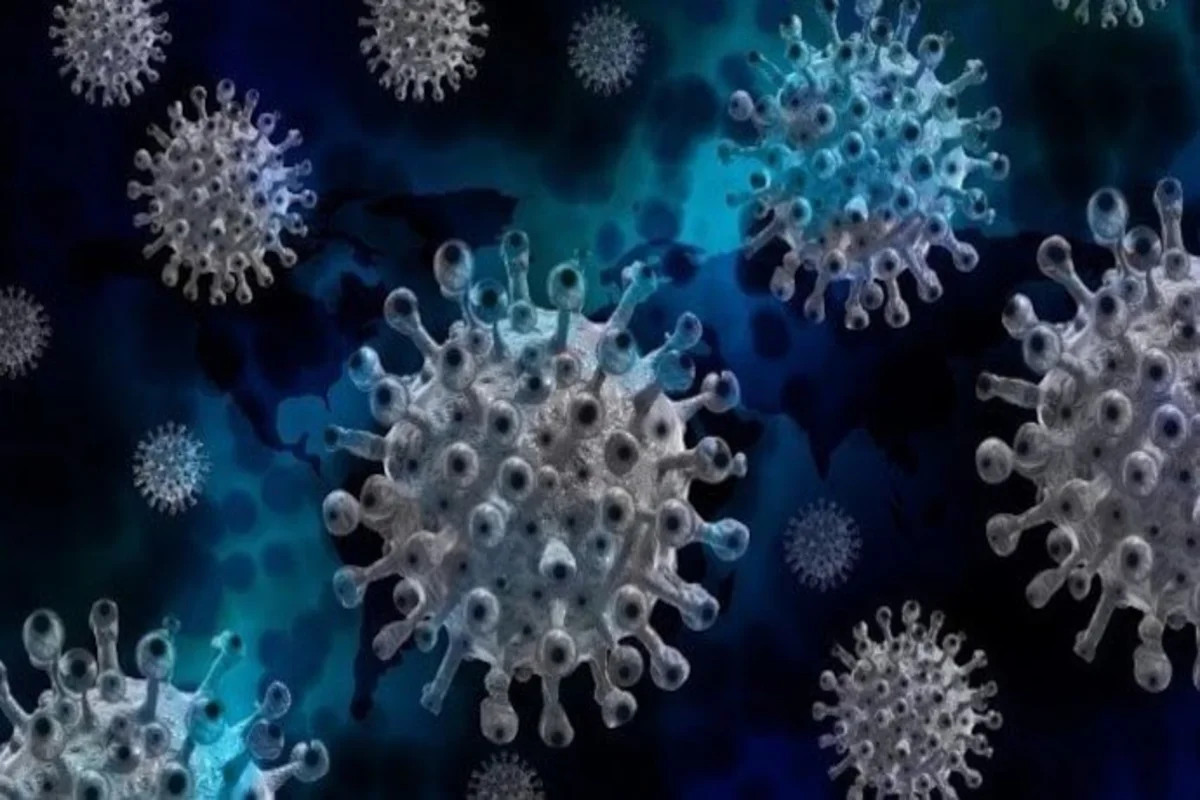New Delhi: The virus that caused COVID-19, SARS-CoV-2, first appeared in China and swiftly brought the entire world to a standstill. At the time, then-President Donald Trump liked to call it “the Chinese virus.”
Two and a half years later, US researchers are expressing concern that a newly identified virus, which has been found to be carried by Russian horseshoe bats, has the potential to infect people while eluding COVID-19 antibodies and vaccinations.
According to a recent study published in the journal PLoS Pathogens, the bat virus known as Khosta-2 is a sarbecovirus, the same sub-category of coronaviruses as SARS-CoV-2, and it exhibits “troubling features.”
A team led by researchers at the Paul G. Allen School for Global Health at Washington State University (WSU) found that Khosta-2 can use its spike proteins to infect human cells very much like SARS-CoV-2 does.
“Our research further demonstrates that sarbecoviruses circulating in wildlife outside of Asia – even in places like western Russia where the Khosta-2 virus was found – also pose a threat to global health and ongoing vaccine campaigns against SARS-CoV-2,” Michael Letko, a virologist at WSU and corresponding author of the study, said in a statement.
This discovery, according to him, emphasises the need for novel vaccinations that guard against all sarbecoviruses and not just recognised forms of SARS-CoV-2, like Omicron.
The Khosta-1 and Khosta-2 viruses were discovered in bats near Russia’s Sochi National Park in 2020, and it initially appeared they were not a threat to humans, according to the study’s authors.
“Genetically, these weird Russian viruses looked like some of the others that had been discovered elsewhere around the world, but because they did not look like SARS-CoV-2, no one thought they were really anything to get too excited about,” Letko said.
“But when we looked at them more, we were really surprised to find they could infect human cells. That changes a little bit of our understanding of these viruses, where they come from and what regions are concerning”.
“When you see SARS-2 has this ability to spill back from humans and into wildlife, and then there are other viruses like Khosta-2 waiting in those animals with these properties we really don’t want them to have, it sets up this scenario where you keep rolling the dice until they combine to make a potentially riskier virus,” Letko said.












